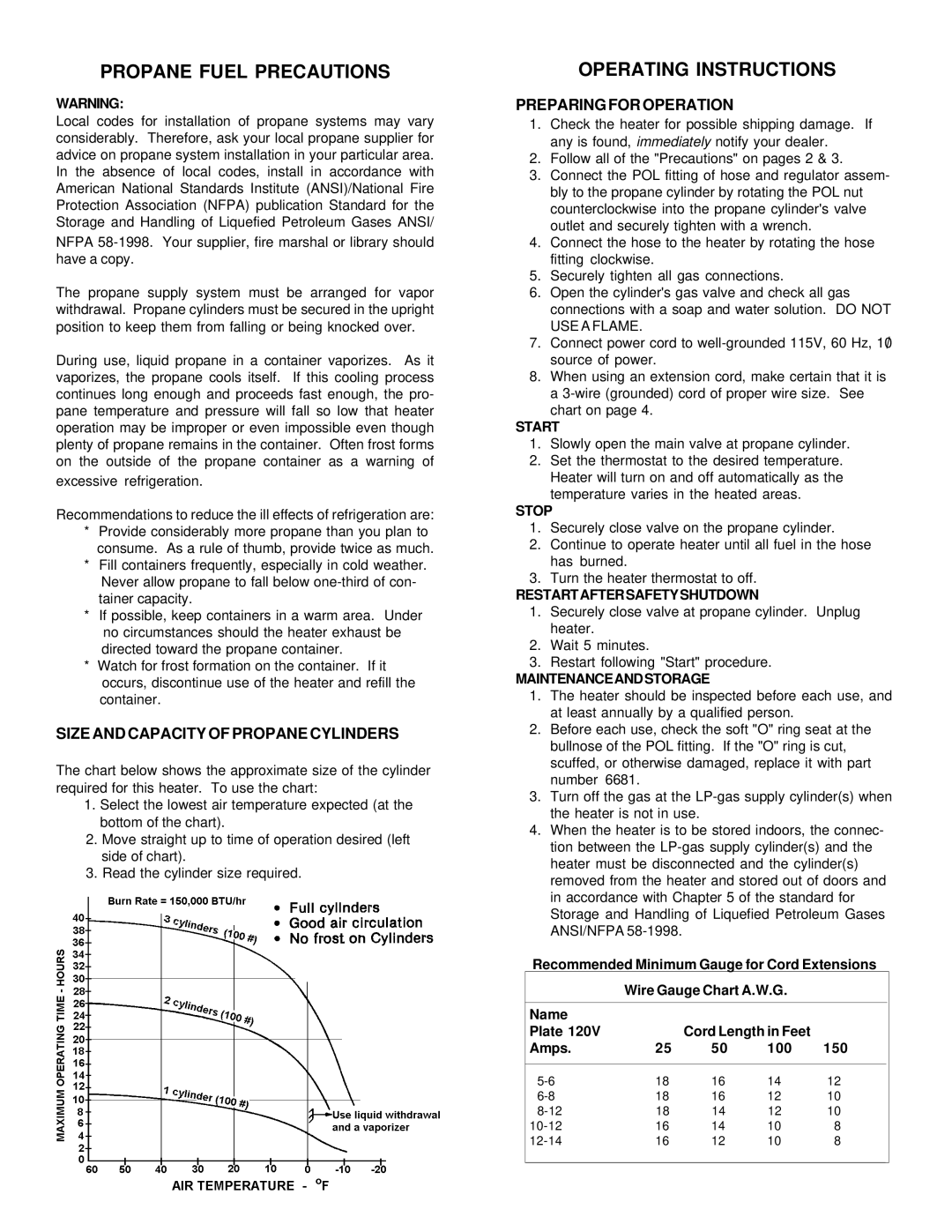80-FAP, SPC-150T specifications
The Universal SPC-150T,80-FAP is a sophisticated platform designed for both industrial and commercial applications, providing robust performance and versatile functionality. Tailored for sectors that demand high accuracy and reliability, this unit stands out for its advanced technologies and user-friendly features.One of the key characteristics of the SPC-150T,80-FAP is its high-performance processing power, which enables it to handle complex tasks with ease. The unit is equipped with a cutting-edge processor that ensures rapid data processing and effective multitasking. This is particularly beneficial in environments where time is critical, allowing operators to achieve optimal productivity levels.
The SPC-150T,80-FAP also boasts an intuitive interface, designed to enhance user interaction. The display is clear and easy to navigate, enabling users to access various functions effortlessly. This streamlined user experience reduces the learning curve for new operators and minimizes the likelihood of errors during operation.
In terms of connectivity, the SPC-150T,80-FAP is equipped with multiple ports and wireless capabilities, allowing seamless integration with other devices and systems. This facilitates real-time data sharing and enhances collaboration across different teams and departments. The ability to connect to a network also enables remote monitoring and control, providing users with greater flexibility.
Durability is another hallmark of the SPC-150T,80-FAP. Constructed from high-quality materials, the platform is built to withstand the rigors of industrial environments. Its robust design means that it can operate effectively in challenging conditions, ensuring longevity and consistent performance.
Moreover, the SPC-150T,80-FAP incorporates advanced safety features that prioritize operator protection. These include overload protection, emergency stop functionality, and comprehensive fault detection systems. Such features contribute to a safer working environment, minimizing risks associated with equipment failure.
The unit also supports a range of applications thanks to its modular architecture. With the ability to customize components based on specific needs, users can adapt the SPC-150T,80-FAP for various tasks, leading to improved efficiency and reduced operational costs.
In summary, the Universal SPC-150T,80-FAP is a powerful and versatile solution that meets the demands of modern industries. With its performance, durability, user-friendly interface, and extensive connectivity options, it serves as an ideal choice for organizations aiming to enhance productivity and maintain high standards of operational efficiency.

